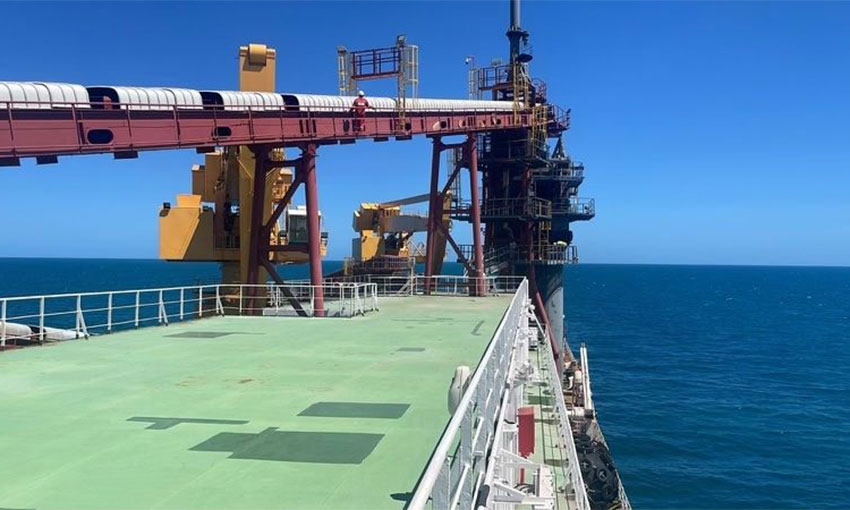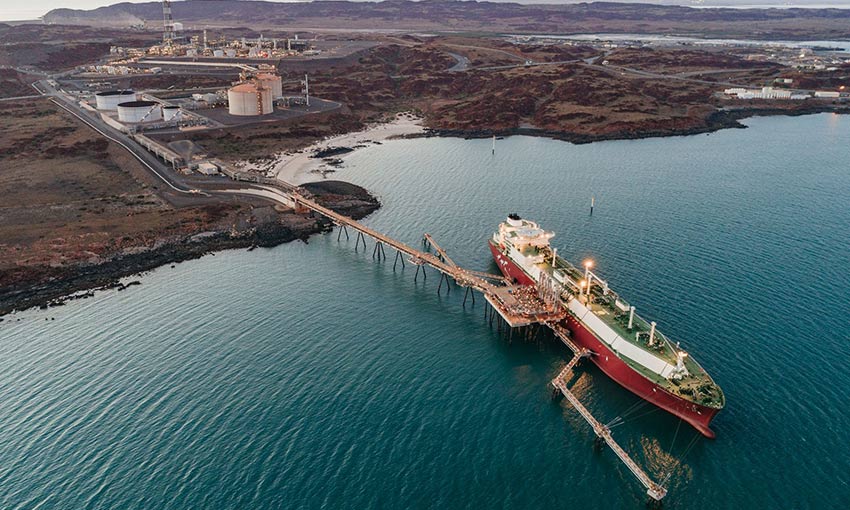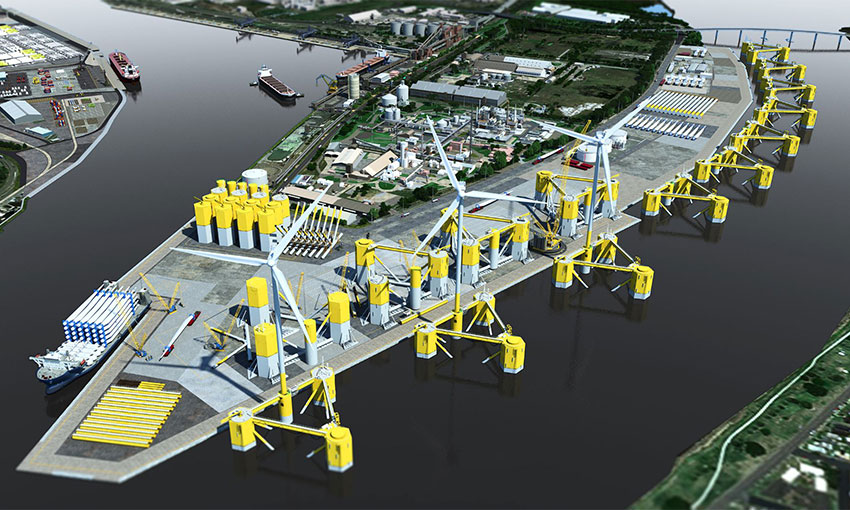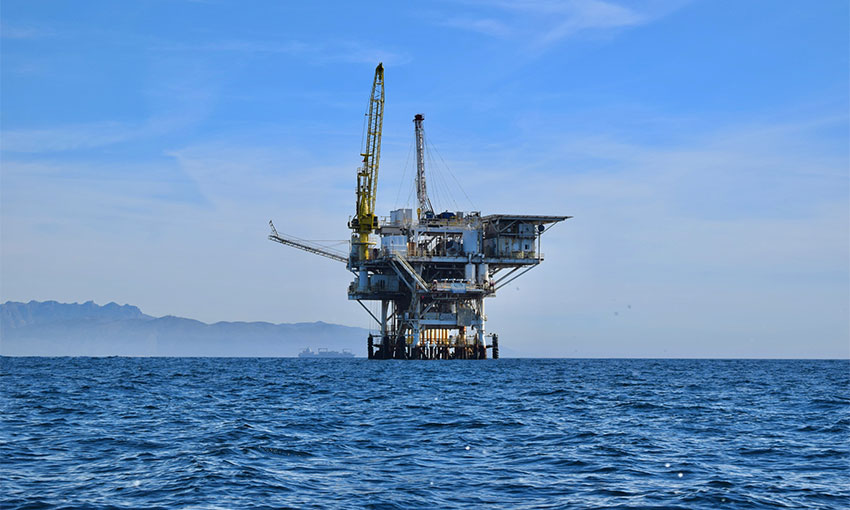A NEW inspection solution claims to reduce human risk and improves speed and accuracy of inspecting critical industrial equipment, particularly for subsea oil and gas infrastructure.
The Augmented Machine Vision Solution (AMVS) will save the industry around $2.8 billion every year according to developers Wood and NERA (National Energy Resources Australia).
The power of ground-breaking, artificial intelligence (AI) technology has been harnessed in a new real-time inspection solution, capable of autonomously detecting and categorising equipment anomalies.
The AMVS has been developed through a 12-month, $288,600 partnership between Wood and NERA – the independent NFP, grant-funded by the federal government and matched by industry and stakeholder funding, established to drive growth in the energy resources sector.
Azad Hessamodini, president of growth and development at Wood, said, “By combining Wood’s deep domain knowledge with cutting-edge AI technology, the AMVS will deliver a safer and faster inspection approach which can provide operators with more accurate and up-to-date information to help maximise the output of their assets.
“It’s a game changer for inspections which we know are susceptible to human error and inconsistencies.
“This project is a perfect fit with our focus to develop innovative solutions that enable more connected operations for our clients. We’re delighted to have successfully partnered once again with NERA.”
The solution has the potential to be implemented across a range of other process-intensive and manufacturing industries, increasing the speed and accuracy of issue detection, response and resolution.
Historically, inspections have required technicians to travel offshore to manually review numerous hours of footage recorded by inspection devices. The new solution uses an AI engine to “watch” the footage, searching for potential faults and flaws that need to be further inspected or have repairs undertaken.
Not only does the new technology flag up any anomalies but it also eliminates removes the need for technicians to travel to hazardous, offshore sites and is faster and more accurate.
NERA chief Miranda Taylor said, “This project is improving the inspection of infrastructure that’s long been a highly labour intensive and dangerous activity.
“Through this project we’re helping to reduce the need for technicians to spend long hours offshore examining footage of equipment by using software developed by Wood to examine the footage under the control of technicians who can remain safely onshore.
“We’re excited to see potential opportunities emerging for this solution to be deployed into a number of other fields,” she said.





